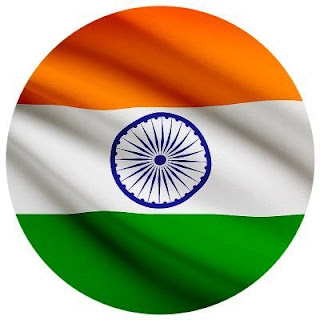Introduction:
India's Independence Day, celebrated on August 15th every year, is a time of national pride and remembrance. It marks the day when India gained its freedom from British colonial rule in 1947. This significant event is a reminder of the sacrifices made by countless individuals in the pursuit of a sovereign nation. Let's delve into the history, significance, and celebrations that surround this special day.
The Struggle for Freedom:
Before 1947, India was under British rule for nearly 200 years. The journey to independence was filled with nonviolent protests, movements, and courageous leaders like Mahatma Gandhi, Jawaharlal Nehru, and Subhas Chandra Bose. These leaders inspired millions of Indians to unite against oppression and demand their right to self-governance.
Historic Moment: August 15, 1947
The long-fought battle for freedom bore fruit on August 15, 1947. On this day, India finally achieved independence from British rule. The first Prime Minister of India, Jawaharlal Nehru, hoisted the tricolor Indian flag at the Red Fort in Delhi, symbolizing the birth of a new nation. This momentous event was accompanied by speeches and celebrations across the country.
Significance of Independence Day:
Independence Day holds immense significance for Indians as it represents their journey from subjugation to self-determination. It's a day to honor the sacrifices made by freedom fighters who faced hardships and made the ultimate sacrifice for their country's liberty. It's also a time to reflect on the values of democracy, diversity, and unity that India stands for.
Celebrations Across the Nation:
Independence Day is celebrated with enthusiasm and patriotism throughout India. The day typically begins with the prime minister's address to the nation, followed by flag hoisting ceremonies in schools, colleges, government offices, and public spaces. Parades, cultural performances, and patriotic songs fill the air as people come together to express their love for their country.
Traditions and Customs:
The Indian tricolor, consisting of saffron, white, and green stripes, holds deep symbolism. Saffron signifies courage and sacrifice, white represents truth and peace, and green stands for prosperity and faith. The Ashoka Chakra, a navy blue wheel with 24 spokes in the center of the flag, represents progress and righteousness.
Conclusion:
India's Independence Day is a time to remember the struggles of the past, celebrate the triumph of freedom, and reaffirm the values that the nation stands for. It's a day to express gratitude to those who fought for India's sovereignty and to renew our commitment to building a better, united, and prosperous nation. As the tricolor flag flutters in the wind, it reminds us of the unity in diversity that defines India, making Independence Day a truly special and significant occasion for every Indian.

Comments
Post a Comment